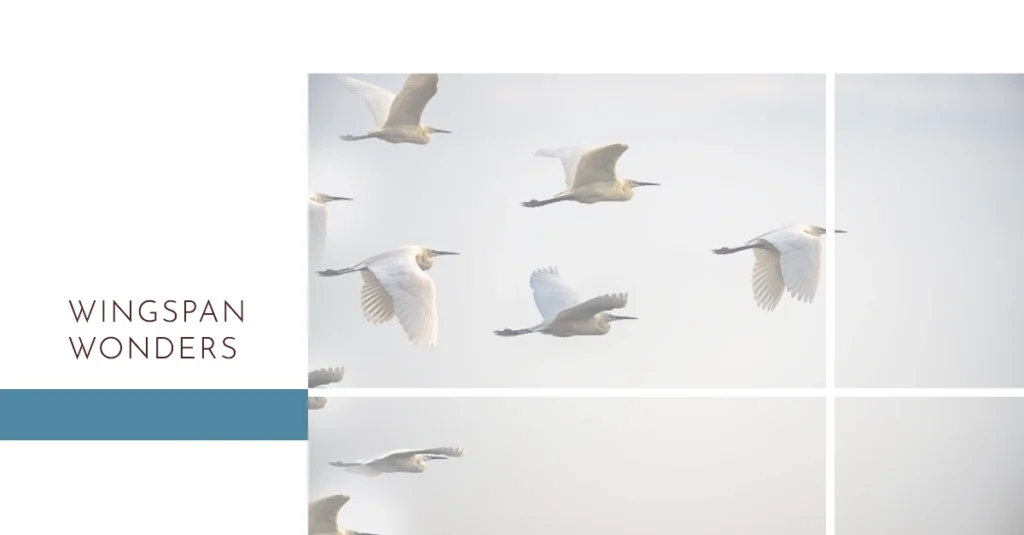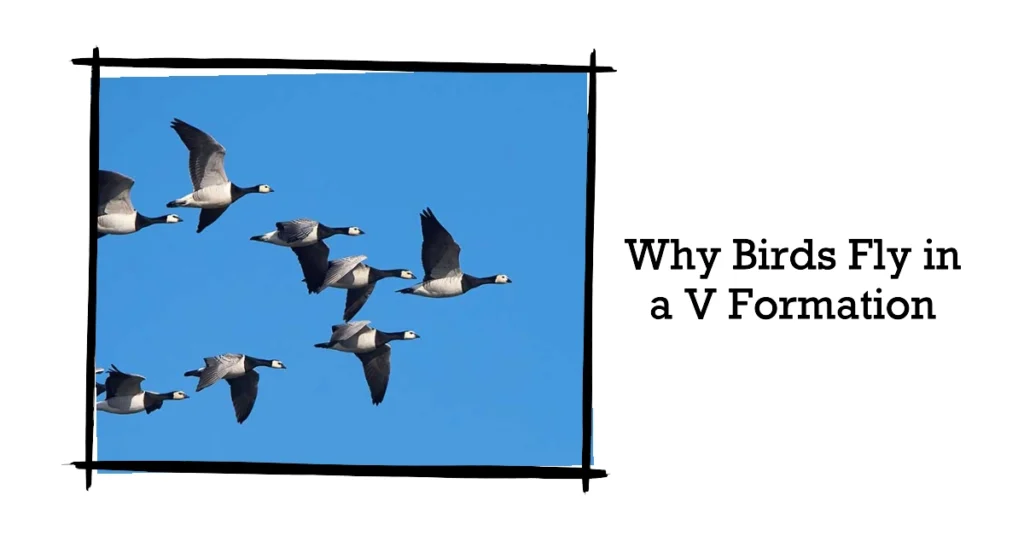
Birds are some of the most incredible flyers in the animal kingdom. Their wings have evolved to be lightweight yet strong, allowing them to soar through the skies with ease. But which bird boasts the largest wingspan of them all? Let’s take a look at the kings of the skies and their impressive wingspans.
Table of Contents
The Wandering Albatross – Largest Wingspan of Any Living Bird
When it comes to the largest wingspan of any living bird species, the wandering albatross (Diomedea exulans) reigns supreme. This mighty seabird has a maximum recorded wingspan of 3.7 meters (12 feet 2 inches)!
About the Wandering Albatross
- Species: Wandering albatross (Diomedea exulans)
- Wingspan: Up to 3.7 m (12 ft 2 in)
- Weight: 8-12 kg (17.6-26.5 lbs)
- Length: 1.1 m (3.6 ft)
- Habitat: Southern oceans around Antarctica
The wandering albatross is a true master of the skies. Its long, narrow wings are perfectly designed for soaring over the open ocean with minimal effort. These birds can glide for hours at a time without needing to flap their wings, conserving precious energy.
Largest Wingspans of Extinct Birds
While the wandering albatross has the largest wingspan of any living bird, some extinct species had even more massive wingspans that dwarf modern birds.
Pelagornis sandersi

An extinct bird called Pelagornis sandersi may have had a wingspan up to 6.4 meters (21 feet)! This giant prehistoric seabird lived around 25 million years ago and had “toothed” jaws to catch fish and squid.
Argentavis magnificens

Another massive extinct flying bird was Argentavis magnificens, a relative of modern-day condors. Estimates suggest Argentavis could have had a wingspan over 7 meters (23 feet) across!
Other Birds with Impressive Wingspans
While not quite as large as the wandering albatross, many other living bird species still have remarkably large wingspans:
Birds of Prey
- Andean Condor: Up to 3.3 m (10 ft 10 in)
- Cinereous Vulture: Up to 3.1 m (10 ft 2 in)
- Dalmatian Pelican: Up to 3.5 m (11 ft 6 in)
Albatrosses
- Southern Royal Albatross: Up to 3.5 m (11 ft 6 in)
- Tristan Albatross: Up to 3.5 m (11 ft 6 in)
- Amsterdam Albatross: Up to 3.4 m (11 ft 2 in)
Other Large Birds
- Great White Pelican: Up to 3.6 m (11 ft 10 in)
- Marabou Stork: Up to 3.2 m (10 ft 6 in)
- Trumpeter Swan: Up to 3.1 m (10 ft 2 in)
Why Bigger Wingspans Matter
In general, birds with larger wingspans are better suited for soaring and gliding long distances. The increased wing area generates more lift, allowing the bird to stay aloft with less effort from flapping.
Birds with shorter, broader wings like hawks and falcons prioritize speed and maneuverability over long-distance soaring. Their compact wingspans enable them to be agile hunters.
Smallest Wingspans in Birds
On the opposite end of the spectrum, some of the smallest wingspans in birds belong to hummingbirds. The bee hummingbird has a wingspan of just 13 cm (5 inches)! Their tiny, rapidly beating wings allow them to hover in place and even fly backwards.
Conclusion
From the wandering albatross’s incredible 3.7 meter wingspan to the tiny bee hummingbird, birds display an amazing variety of wing sizes and shapes. Each has evolved to suit its particular habitat and lifestyle, whether soaring over oceans or darting through forests. The diversity of wingspans is just one example of the wonders of evolution and adaptation in the avian world.
FAQs:
Which bird has the largest wingspan?
The bird with the largest wingspan is the wandering albatross, with a maximum wingspan reaching up to 17 feet (about 5.2 meters), making it the largest flying bird by wingspan among all extant bird species.
Are there any other birds with a similar wingspan to the wandering albatross?
While the wandering albatross holds the record, other large birds like the southern royal albatross and some species of condors also have impressive wingspans, though not as extensive. These birds exhibit large dimensions but typically do not reach the same maximum wingspan as the wandering albatross.
What makes the Andean condor unique in terms of its wingspan?
The Andean condor has one of the largest wingspans of any land bird and is particularly notable among the largest flying birds by wingspan. It’s especially well-regarded for its significant wingspan, which can exceed 10 feet (about 3 meters), making it one of the heaviest flying birds as well.
Can the size of the wingspan affect a bird’s flying abilities?
Yes, the size of a bird’s wingspan can greatly affect its flying abilities, including its efficiency in gliding and soaring. Birds with long wings, such as the wandering albatross, are highly efficient at long-distance flight, using air currents to travel vast distances with minimal energy.
How does the wingspan of pelicans compare to other large birds?
Pelicans have a large wingspan as well, with some species achieving a wing span of up to 3.6 meters (11.8 feet). While impressive, their wingspan does not surpass that of the wandering albatross, but it still ranks them among the largest flying birds by wingspan.
Why is the hummingbird mentioned in discussions about bird wingspans?
Although hummingbirds are on the opposite end of the spectrum with their tiny size, they are often mentioned in discussions about bird wingspans to highlight the vast range of wingspan sizes among bird species, from the smallest to the largest flying birds. Despite their small size, hummingbirds are remarkable for their fast wing beats and agility in the air.
What is the significance of the wingspan in terms of a bird’s survival?
A bird’s wingspan can significantly impact its survival by influencing its flight capabilities, energy efficiency, and ability to evade predators or catch prey. For instance, a larger wingspan can enable birds to glide and soar efficiently, conserving energy during long flights, which is beneficial for migrating species like the wandering albatross.
How do researchers measure the wingspan of birds?
Researchers measure the wingspan of birds by measuring from the tip of one wing to the tip of the other wing while the bird’s wings are fully extended. This measurement is typically done on deceased specimens or through careful observation and estimation in live birds, using photographic techniques or direct handling in managed care.
Have there been any extinct birds with a wingspan larger than the wandering albatross?
Yes, some extinct species of birds had larger wingspans than the wandering albatross. The largest wingspan of all time belongs to the prehistoric bird Argentavis magnificens, which lived six million years ago and had an estimated wingspan of up to 23 feet (7 meters), surpassing any known wingspan of living bird species.
Sources:
[1] https://en.wikipedia.org/wiki/Largest_living_flying_birds_by_wingspan
[2] https://en.wikipedia.org/wiki/List_of_largest_birds








